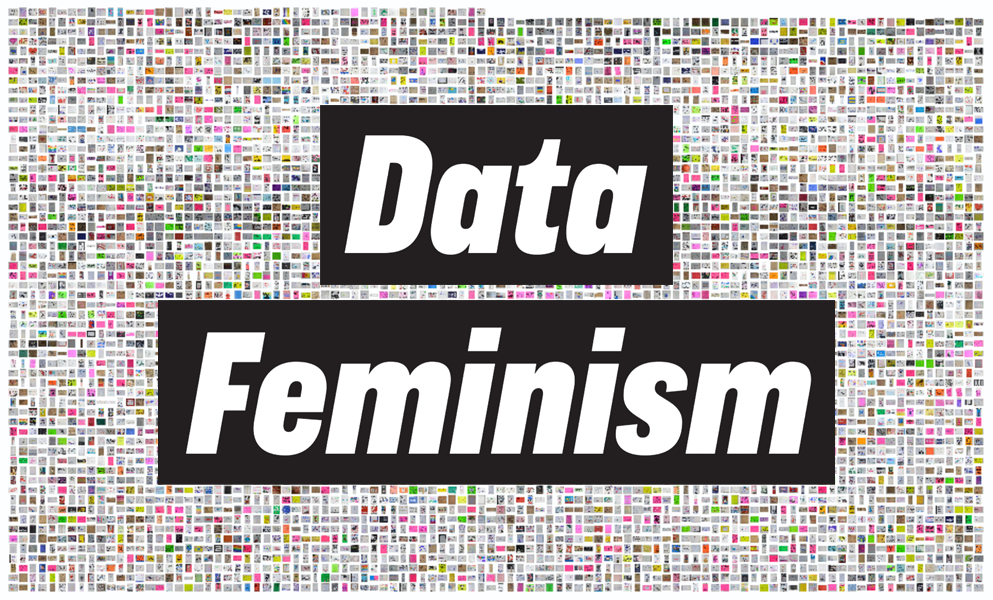“Elevating emotion and embodiment is the idea that activating emotion – leveraging rather than resisting, emotion in data visualization – can help us learn, remember, and communicate with data in a stronger and more equitable way.”
Key Terms
Partial Perspective : a frame that makes the viewer believe they can see everything, making it appear as though the viewer can see an entirely neutral perspective when that is not exactly true
Data-Ink Ratio : a view where the designer should strive to use ink to display data alone instead of color and embellishment (this idea creates a false binary between emotion and reason)
Rhetoric : the faculty of observing in any given case the available means of persuasion
Framing Effects : editorial choices that have an impact on how people interpret graphics/data visualization and what they take away from them
Provenance Rhetoric : something that is designed to signal the transparency and trustworthiness of the presentation source to end users
Situated : the idea that forms of knowledge are produced by specific people in specific circumstances – cultural, historical, and geographic
Feminist Objectivity : a tool that can account for the situated nature of knowledge and can bring together multiple, or partial, perspectives
Strong Objectivity/Standpoint Theory : a form of objectivity that works toward a more inclusive knowledge production by centering the perspectives – or standpoints – of groups that are otherwise excluded from he knowledge-making process
Positionality : a concept that emphasizes how individuals come to knowledge-making processes from multiple positions, each determined by culture and context
Affect : the term that academics use to refer to emotions and other subjective feelings
Visceralizations : representations of data that the whole body can experience, emotionally as well as physically
Heuristics : using mental shortcuts to make judgements
